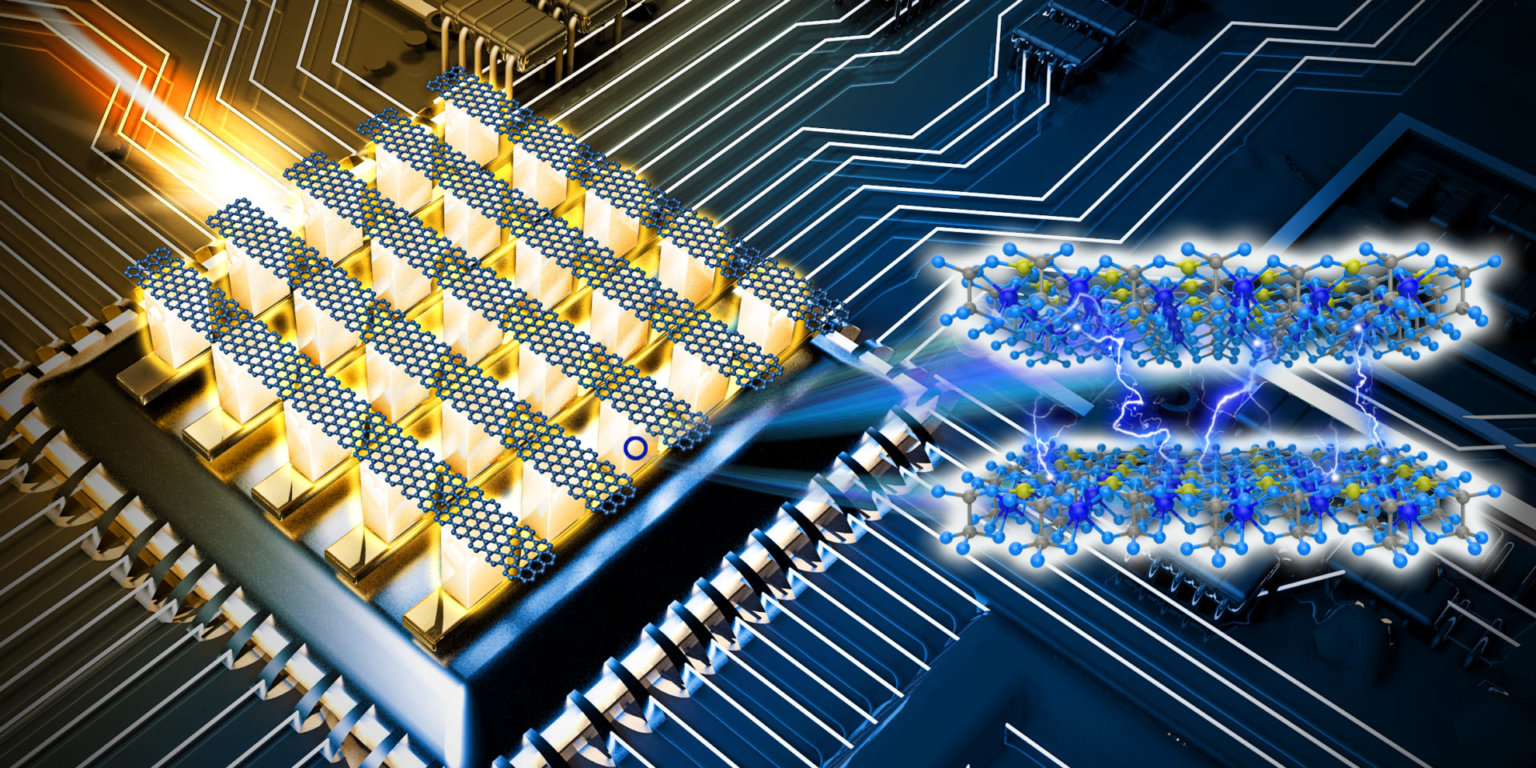
FTJ devices promise to increase data upload speed, extend smartphone battery life, and reduce data corruption.
Han Wang, associate professor of electrical and computer engineering at the USC Viterbi School of Engineering, along with postdoctoral scholar Jiangbin Wu, PhD students Hung-Yu Chen and Xiaodong Yan, have built an FTJ-based device using asymmetric metal and semi-metallic graphene materials.
By taking these materials and building them into a novel structure, they were able to exceed the performance of all previously demonstrated FTJs while offering promising prospects for integration with silicon electronics.
“This breakthrough will have a significant impact on future electronics for the U.S. Army, enabling man-portable electronic systems with improved size, weight and power,” said Dr. Joe Qiu, program manager for solid-state electronics and electromagnetics at ARO, which sponsored this project.
Furthermore, the unique ability of these materials to approach atomic-scale thickness can eventually lead to even faster and more energy-efficient FTJ memory down the line.
“These materials allow us to build devices that can potentially be scaled to atomic-scale thickness,” Wang said. “This means the voltage required to read, write, and erase data can be drastically reduced which in turn can make the memory electronics much more energy efficient.”
Wang and his fellow researchers hope that with time, their device can be scal

